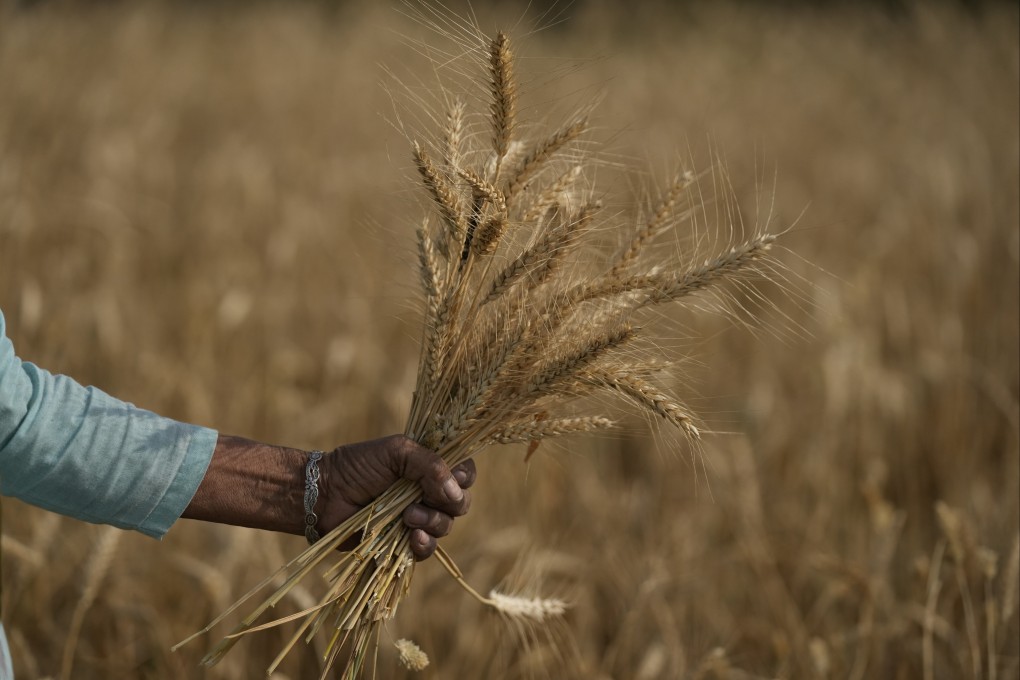Advertisement
Ukraine war: From tea to coffee and spice, why Indian exporters stand to gain from Western sanctions on Russia
- Russia and Ukraine account for 30 per cent of global wheat, but the war upset sales, allowing India, the world’s second-largest producer to help fill the void
- India’s hoping to export products to Russia that were previously supplied by countries which halted shipments after Western sanctions were imposed
Reading Time:5 minutes
Why you can trust SCMP
13

Indian exporters say the barrage of Western economic sanctions against Russia for its invasion of Ukraine could be a boon for overseas sales.
In fact, the Confederation of All India Traders, calls the sanctions on New Delhi’s erstwhile Cold War ally “a blessing in disguise”, offering exporters the chance “to fill the void” with Indian goods and commodities.
It may be a while, though, before Indian exporters realise their big ambitions as Russia’s war is gumming up supply chains globally amid a shortage of vessels and containers and soaring shipping costs.
Advertisement
Russia and India are also still working out payment mechanisms that could include the rupee-rouble currency system used during the Cold War era.
If these various hurdles can be overcome – and new problems crop up daily – an analysis by MVIRDC World Trade Centre suggests the conflict has created a potential export opportunity worth US$22.5-billion in the European Union alone for India.
Advertisement
“There’s a huge untapped opportunity,” said Vijay Kalantrui, the Mumbai-based trade centre’s chairman. Signalling a move in that direction, the EU announced on Monday it would accelerate free-trade talks with India in light of “rapid changes in the geopolitical environment”.
Advertisement
Select Voice
Choose your listening speed
Get through articles 2x faster
1.25x
250 WPM
Slow
Average
Fast
1.25x